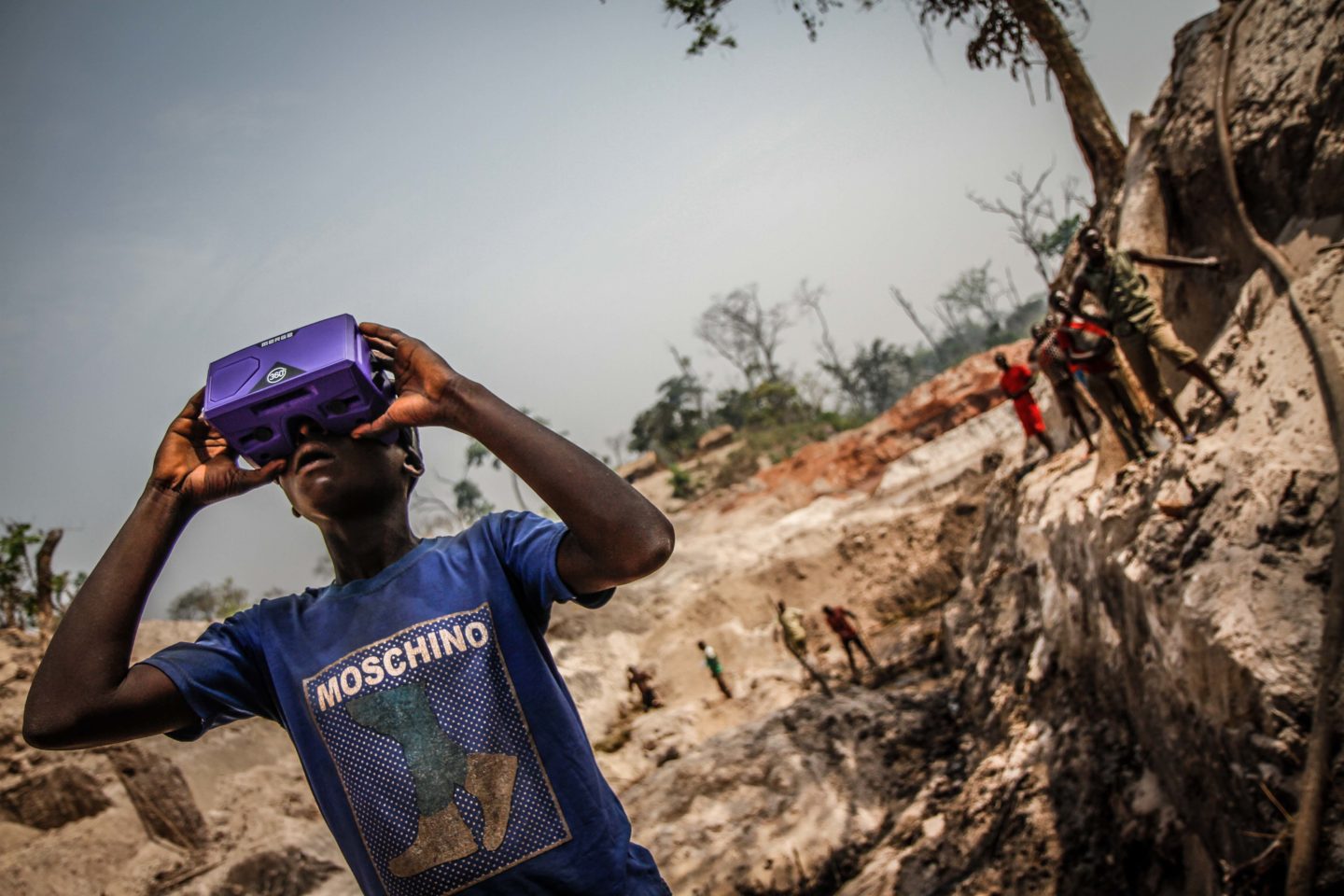The Central African Republic is one of the worst countries in the world to be a child.
Sitting at the bottom of the United Nations Human Development Index, children in the former French colony grow up within an infrastructure crippled by decades of misrule, corruption and coups.
The country is beset by poverty, food insecurity and malnutrition. There are low literacy levels, a shortage of qualified teachers and poor access to water, sanitation and health services.
The recent armed conflict has exacerbated this situation because ongoing insecurity has hamstrung humanitarian efforts. Four years on, a quarter of schools remain closed and only one third of children are enrolled.
Many still live in sprawling camps for the internally displaced, with minimal access to healthcare or an education.
But as tragic as this situation is, the Central African Republic has essentially become a house without windows.
Media coverage of this simmering crisis has been minimal and the public’s interest fleeting.
The situation has often been billed by humanitarian actors as a “forgotten crisis” overshadowed by events in the neighbouring Democratic Republic of Congo and South Sudan.
Since journalist Marc Ellison visited the Central African Republic in February, the nation has witnessed a resurgence in violence despite a recent peace agreement and just this week the UN announced the early warning signs of genocide.
“House Without Windows” is an immersive 360 video which transports you – the viewer – to the Central African Republic.
It places you at the centre of the story. Stand in a mine as children dig for diamonds, cycle around a refugee camp or visit a rural hospital. You can also meet children forced to live on the mean streets of Bangui.
This experience provides a virtual window through which an international audience can finally observe the problems facing this nation’s most vulnerable demographic: its children.
These videos are best viewed on a desktop computer, or on your smartphone via the YouTube app, Google Cardboard (https://vr.google.com/cardboard/) or a similar headset.
This project is supported by the “Innovation in Development Reporting Grant” programme of the European Journalism Centre, financed by the Bill and Melinda Gates Foundation.














